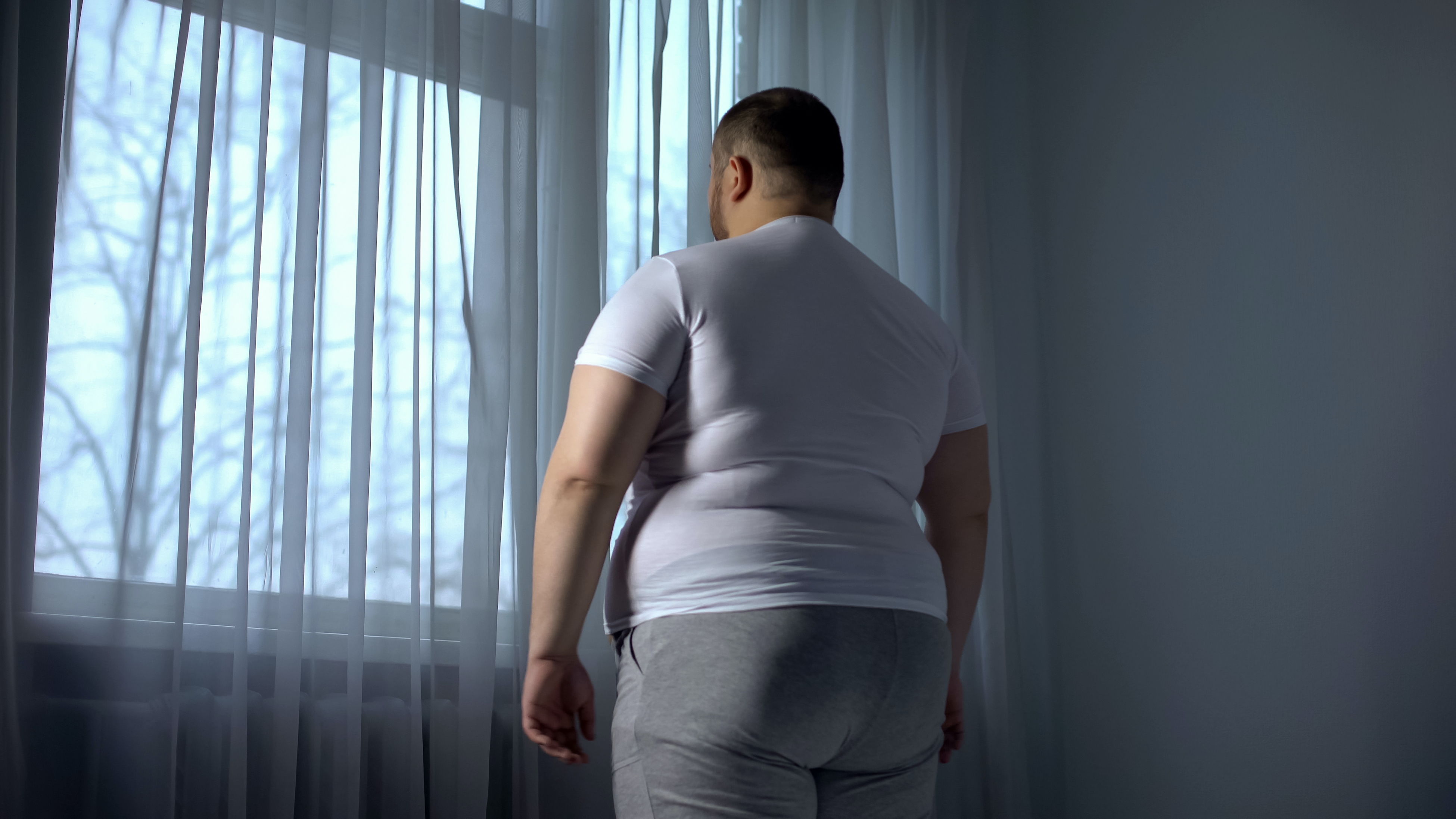As a psychotherapist, I have noticed an increase in what I would call body distress, or troubled bodies. When I started to practise, people with body difficulties would say, I have an eating problem – I throw up all the time, or I can’t eat, or I’m eating too much. They might have said they were too fat no matter what their size. They were very interested in working on that as a problem, as a manifestation of having a troubled body. Nowadays, I would say almost every person I see in therapy talks about their troubled body en passant, as though it is not something to be dealt with because it is just something you have to live with.
There is a deep acceptance now of being perhaps frightened of food, preoccupied with how you look, worried about whether you’re physically active or not, preoccupied with whether you should have cosmetic surgery, or involved in behaviours such as cutting oneself. At first these seem inexplicable to the individual, but they come to understand that these behaviours are a means to try to deal with their pain. People can be very reluctant to think that anything can be done in the therapy because they’ve been trying to solve the body problem for themselves for a very long time and they’ve either given up or they’ve sought commercial solutions.
The problem of body image
I would say the vast majority are people who have body distress in the form of thinking they’re much too big – it doesn’t matter what size they are: they could be skinny, medium-size or large – and want to transform their body. The second issue is age: the young ones want to be older and the women in their 40s all want to be younger-looking, 20 years younger, even. There is a growing idea of the body as plastic, amendable and in desperate need of transformation. I think that is a very worrying expression because it means you’re not actually living from your body. You’re creating a body that you’re looking at from the outside all the time rather than a body that is the place you live from, you work from, you love from, you have your sorrows from, and that you are just in.
Most of the eating problems that exist are in women and in men who don’t look like they have an eating problem. We hear about bulimia. We hear about anorexia. We hear about the so-called “disease” entity of obesity. Anorexia and obesity are the eating problems that show. In anorexia, you see the desperate attempt to make out of the body you have something that has no needs, because needs are themselves so troublesome. Therefore, if you can override that fundamental need of hunger and create out of yourself a body that appears to be need-free, you can feel that you have something that’s quite admirable, that you can feel OK about and that you can live with. It’s the construction, if you like, of a false body, a body that repudiates the original body, which has shown it has needs and hungers; a body that weeps, that hurts. We see the creation of a body that is somehow untouchable and unmarked by interaction with another body.
It’s similar with the large body, where eating is a manifestation often. I’m not talking about the kind of fatness that comes out of continual dieting that then mucks up your set point and then makes your metabolism slow down. Let’s say you’re eating in advance of hunger all the time. That’s also a repudiation of need, a repudiation of your body’s need. You will eat in advance of something because to tolerate a physical and emotional need is unbearable. The body is dragooned into looking after you by providing an attempted soothing by eating which will, in the short term, provide some kind of soothing against the distress and upset that the body is feeling.
If we look at men, we may see the expression of body distress in the attempt to remake the body in a hypermasculinised gym-pumped body.
Replacing sexual expression with performance
If I look at pre-adolescent girls and boys, the issue of sexuality is now entirely visual for them. Girls may, in their droves, despite sex-positive movements, be caught up in trying to produce the sexuality that has a kind of porn output for them, alienating from a direct exploration of their own sexuality. They know that boys are being stimulated by porn, and it seems that the girls are producing a kind of sexuality that they see in porn and in music videos which is to do with performance rather than potential expression of their own sexual desire. They have an erotic that is in itself constrained. We know they may be preoccupied with how their labia appear, whether their breasts are right, or whether the vagina is the right size.
These concerns – led by commercial interests – are a tremendous assault on the body, which then plays out in terms of how girls present themselves. In relation to boys, I think the huge prevalence of pornography – which does such a great disservice to boys and creates girls’ notions of what they should be doing rather than experiencing – means that both girls and boys end up confused about what an erotic is and what sex is.
The gender binary is limiting
There’s a lot of sex going on – or sexting – but there’s a lot of distress around the sexuality and a lot of confusion about how you actually discover an erotic in relation to another body that is also very acted upon by forms of visual culture that are about performance. When we come to the issue of trans, if you’re not very sure of your body, which we’re not, the idea of being able to get out of your body and into another body, and reconstruct a body, has a certain attraction because you have a desire to end up in a different place than the distressed body you’re in – which, in this particular moment in history, is being described as to do with the binaries of gender, which are extremely limiting and problematic.
One of the therapist’s tools that’s really interesting is their emotional and physical responses to a patient. It’s what we call countertransference. I’ve been very intrigued in the last 20 years about the physical impact that my patients have on me; the wildcat bodily experiences that come to me, very surprisingly, in a session. One of my patients was a woman who had a very troubled body. She was a cellist. She had severe colitis, and she had an external body in the cello. Her body was always weeping, and it was always a trouble to her. She was always in difficulty. I had the experience in the therapy of feeling that I suddenly came into this absolutely contented, comfortable and sweet body. I felt like I was as relaxed as a purring pussycat. I believe the patient had created a body in me that could be a stand-in for her body while she began the process of looking at her body hatred. Therapists’ psyches stand in for a certain kind of sanity for the other in therapy, while people deconstruct their ways of being, their defences and their difficulties. With this woman, it was my body, the therapist’s body, that had come to stand in for a safe body for her.


